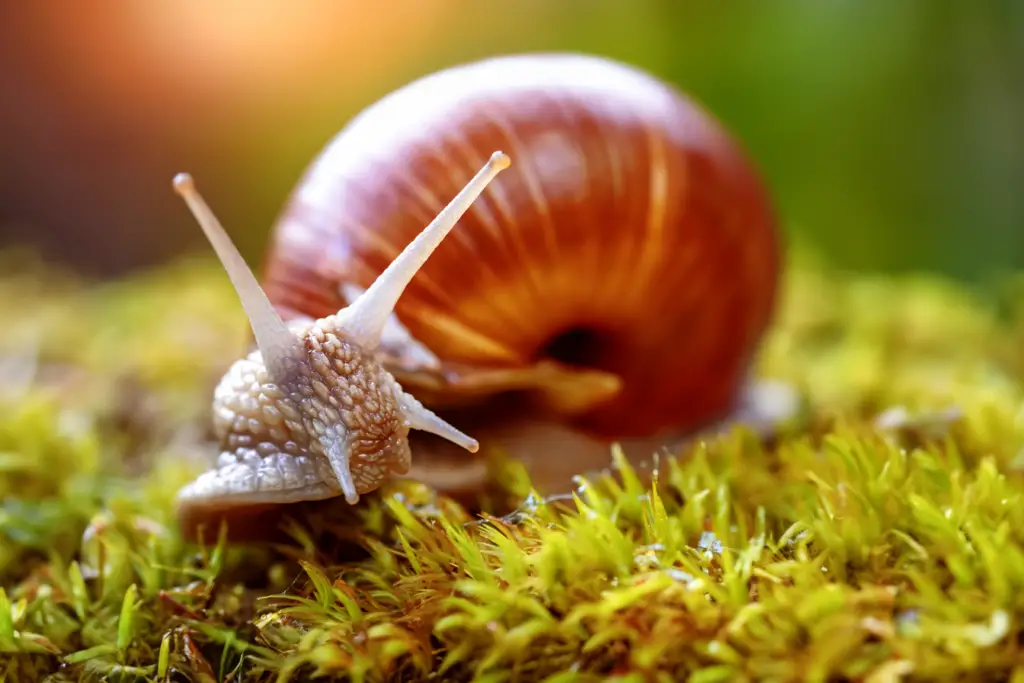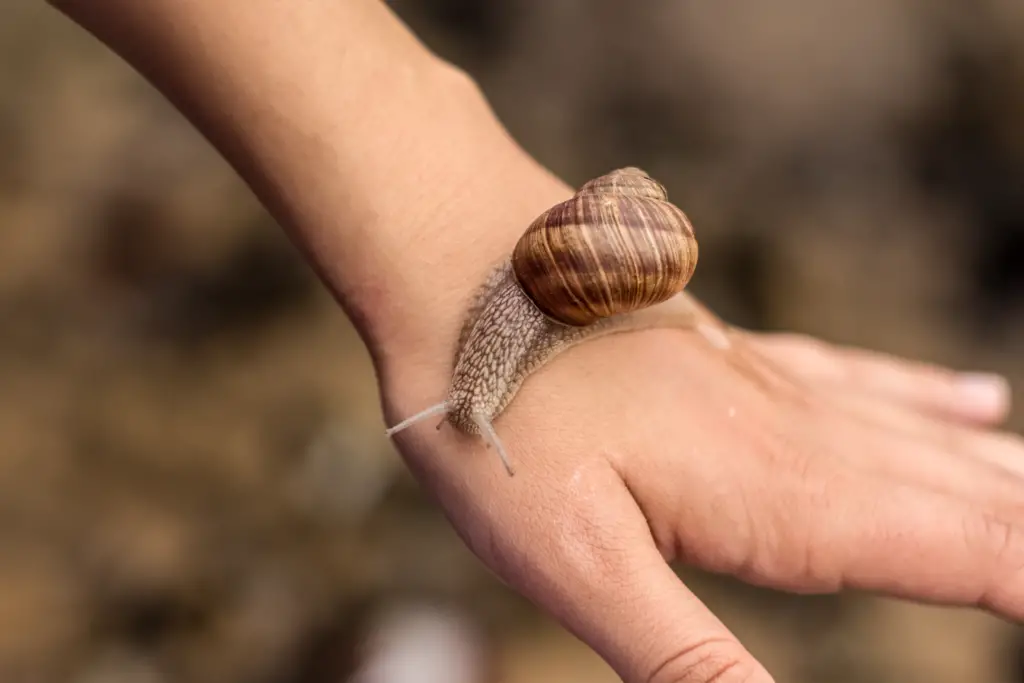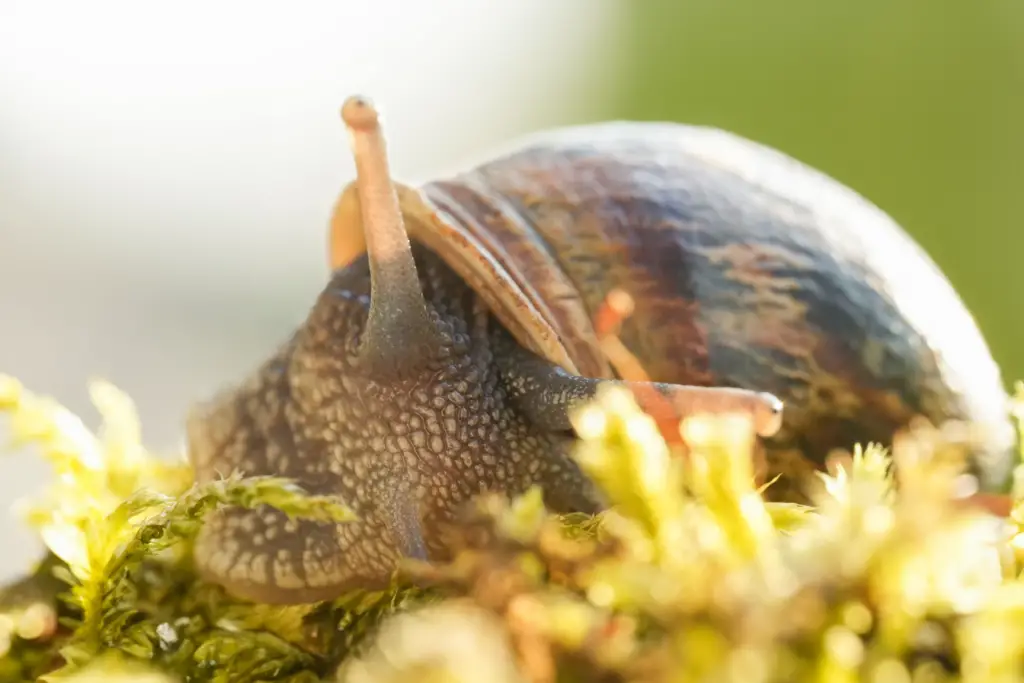
When you spot a snail gliding along a leaf, it’s sporting a hard, coiled shell on its back, which seems as essential to its identity as its slow pace. It’s a common curiosity to wonder if these critters are born with the protective shells or if they acquire them at some point after birth. You might be surprised to learn that snails are, in fact, born with shells. These initial shells are soft and not fully developed, but they are there from the moment a snail hatches.
As snails grow, their shells grow with them, offering more than just a home—they provide crucial protection and aid in the snail’s bodily functions. These shells are not temporary or detachable; they are a living part of the snail, growing from the mantle, a layer of tissue that secretes the materials needed to build the shell. The shell’s growth and strength come from the snail’s diet, which is rich in calcium.
Understanding the life cycle and physical development of snails can enhance your appreciation for these often-overlooked creatures. Observing the changes in shell color and hardness can even help you gauge the age of a snail, making backyard observations or school science projects much more engaging. So next time you see a snail, take a moment to consider the complex and fascinating journey that its shell has undergone since the snail’s first moments of life.
Snail Shell Formation
In understanding how a snail gets its protective house, you’ll find that the process begins long before they make their first appearance in the world.
Shell Development in Snail Embryos
Your exploration into snail shell formation starts at the embryonic stage, where the foundation for the snail’s future home is laid. Snail embryos develop shells while still inside their eggs, emerging with their initial protective spirals intact. These initial shells are translucent, soft, and reflect the snail’s vulnerability during the early stages of life. The protoconch, or the first shell, is vital for the snail’s early survival.
Genetic Determinants of Shell Growth
Genetic factors play a pivotal role in the growth and development of snail shells. As snails mature, their shells thicken and enlarge through a process influenced by genetic instructions detailing shape, size, and intricate patterns. This genetic blueprint ensures that each snail shell is a direct response to its species-specific needs and environmental adaptations. Your understanding of this genetic influence shines a light on the incredible diversity of snail shells across various species.
Shell Structure and Composition
Understanding the shell structure and composition is crucial as it not only provides a snail with protection but is also integral to its development throughout its life cycle. Let’s explore what snails’ shells are made of and why they are so important.
The Constit
Variations in Shell Growth
When you’re observing snail shells, you’ll notice that not all shells are the same. Variations can be due to environmental aspects and differences among snail species.
Influence of Environmental Factors
The environment where a snail lives has a significant impact on its shell growth. Factors such as temperature and humidity play a role. For example, high humidity can facilitate the snail’s ability to maintain shell moisture, which is critical for shell development. On the other hand, snails in drier environments may have thicker shells as a protection against dehydration.
Access to calcium is another critical factor, as it’s the primary building block for a snail’s shell. Snails in areas with calcium-rich soil may have stronger and faster-growing shells. A snail’s diet, which may include the egg shells they hatched from, provides a natural source of calcium and can contribute to the strength of a snail’s shell.
Differences Among Snail Species
Different species of snails exhibit diverse shell growth patterns and shell characteristics. The rate at which shells grow, the number of whorls, the thickness, and the overall size are all features that vary among species.
The genetics of snail species can predetermine the spiral direction of the shell growth. Most snails’ shells grow in a clockwise manner, but in some rare cases, such as with the left-handed or “sinistral” snails, the spiral grows in the opposite direction. The shape and strength of the shells are adapted to the snails’ environments and lifestyles; for instance, snails that burrow might have rounded shells, while those living in trees might have flatter ones to aid in camouflage.
By understanding these variations, you get a glimpse into the fascinating world of snails and how they are shaped by both their biological heritage and the environment they live in.
Frequently Asked Questions
In this section, you’ll find concise answers to some of the most common curiosities regarding the early life and development of snails, particularly about their shells.
How do baby snails develop their shells?
Your curiosity about how baby snails come into the world with their shells may lead you to the fact that these tiny creatures are indeed born with shells. These initial shells are soft and not fully developed, but they provide the necessary protection as they harden over time.
What is the origin of a snail’s shell?
A snail’s shell originates from the mollusk’s body, with layers of proteins and calcium carbonate laid down as the snail grows. The shell begins to form even before the snail hatches.
At what stage do snails acquire their shells?
Snails are actually born with their shells. When a baby snail hatches, it has a small shell in place, which is part of its body from the start.
Is there a difference between the birth of land and water snails?
Both land and water snails are born with shells. However, the environmental factors they face may affect the texture and strength of their developing shells. Water snails often have smoother shells due to their aquatic surroundings.
How does shell growth occur in snails over their lifespan?
As snails grow, their shells grow with them. The shell increases in size through the addition of calcium carbonate, which is secreted at the shell’s edge, causing it to expand and slowly spiral outward.
Are the shells of snails an integral part of their bodies from birth?
Yes, the shells of snails are an integral part of their bodies from birth. The shell is vital for protection and body support and continues to be so throughout the snail’s life.
Driven by a passion for those tiny creatures that rule our world, we at Bug Domain strive to be your go-to resource for information on insects.



